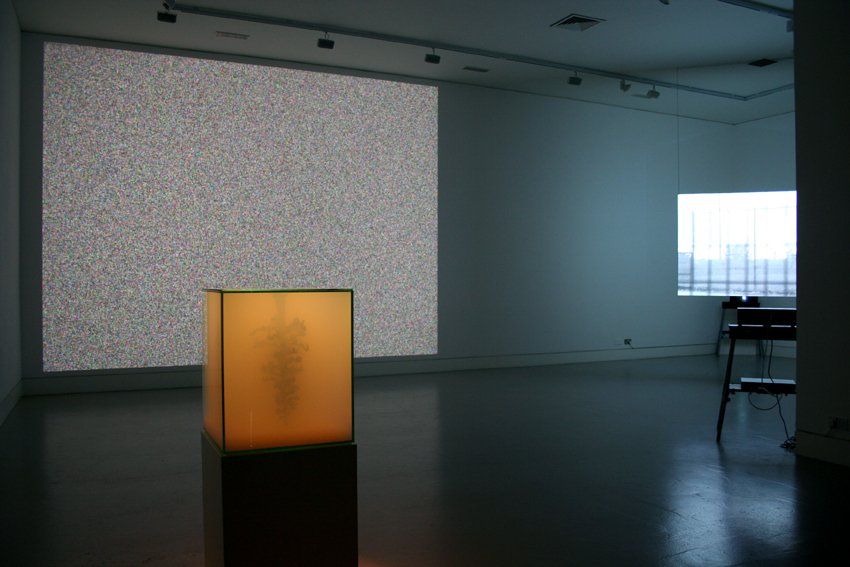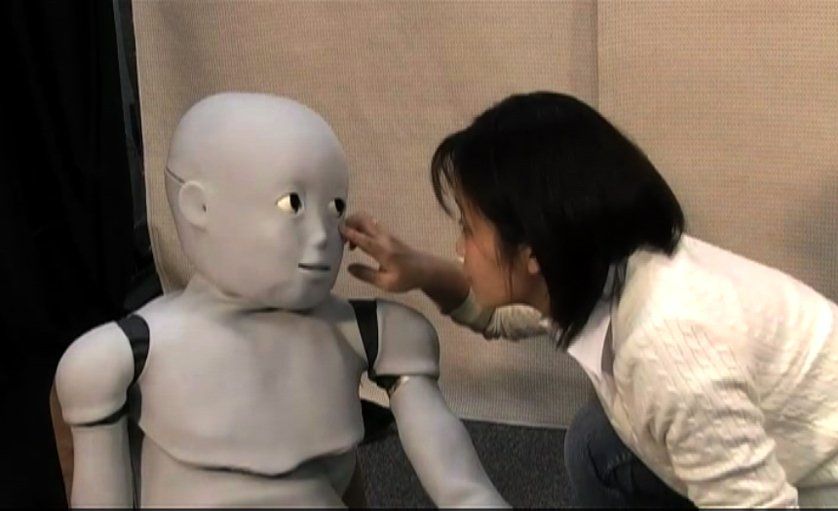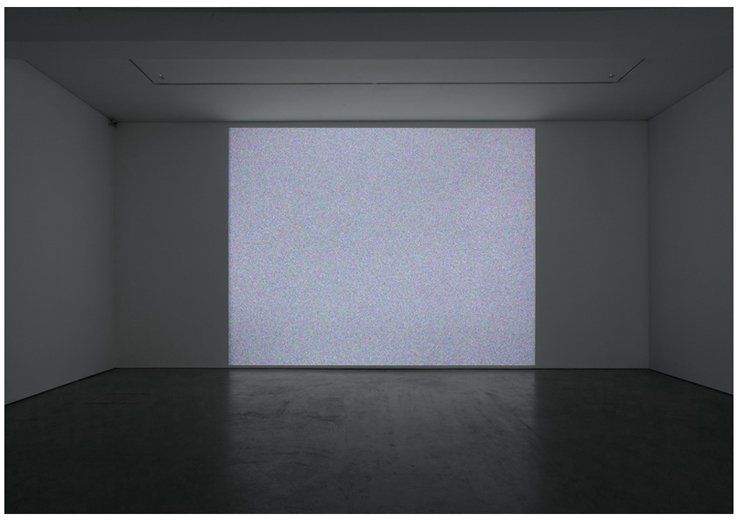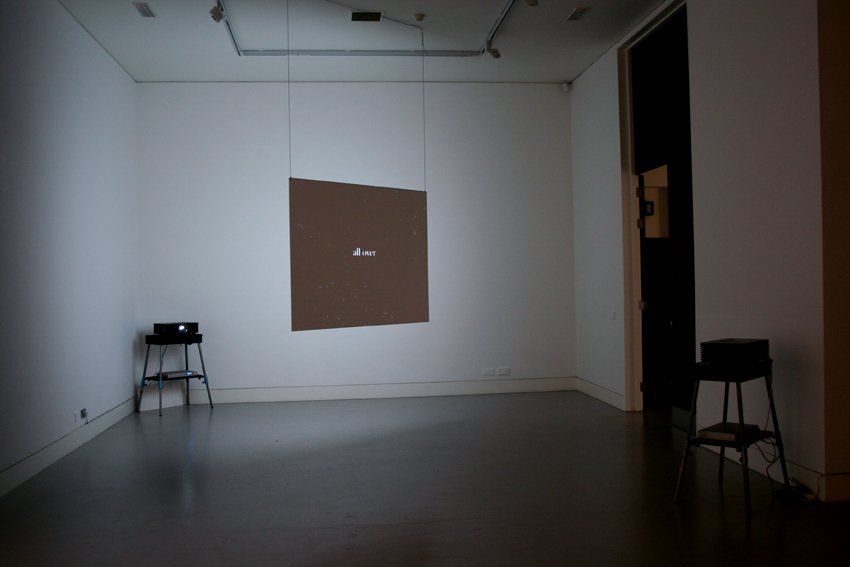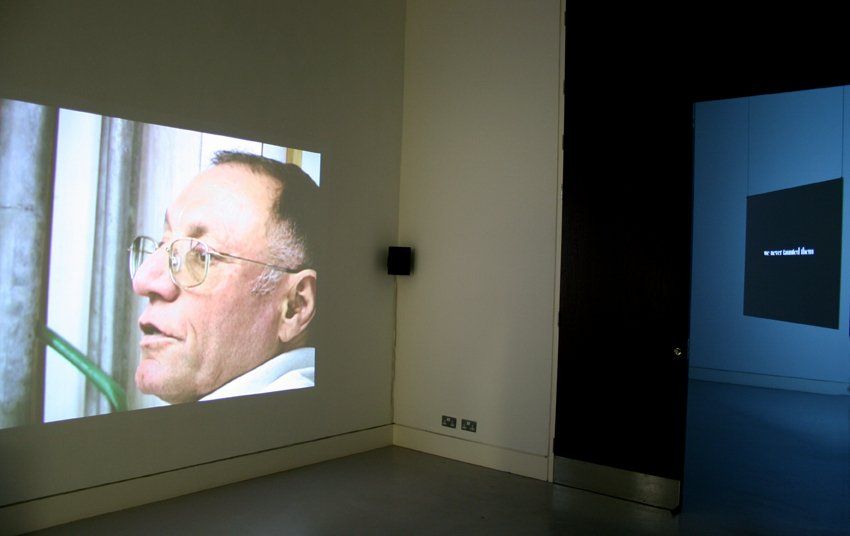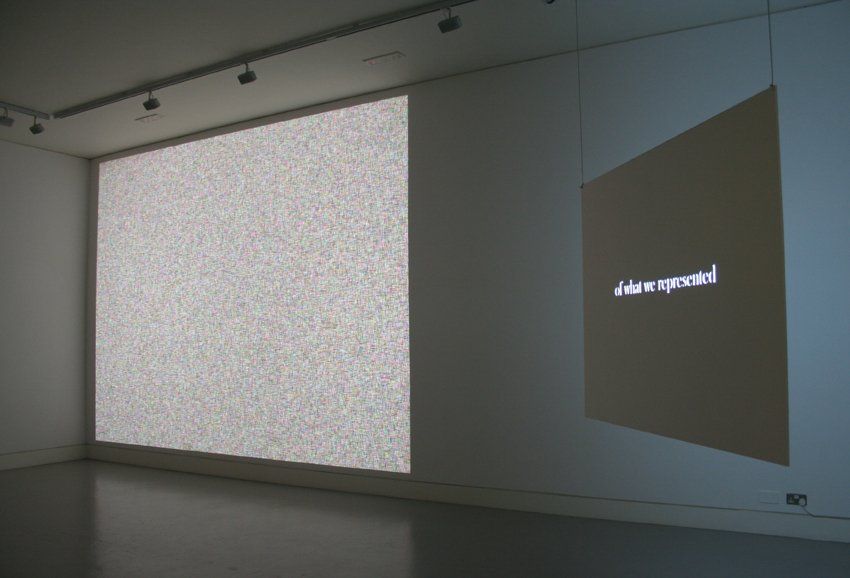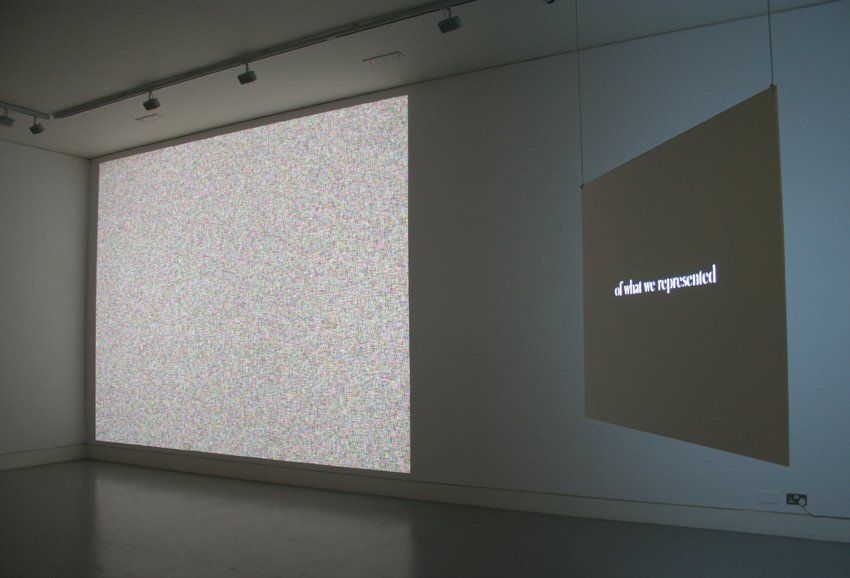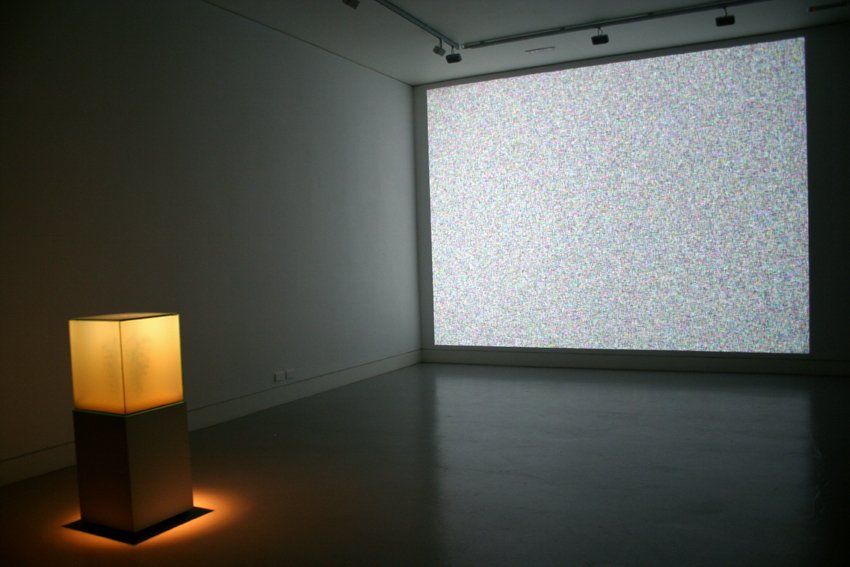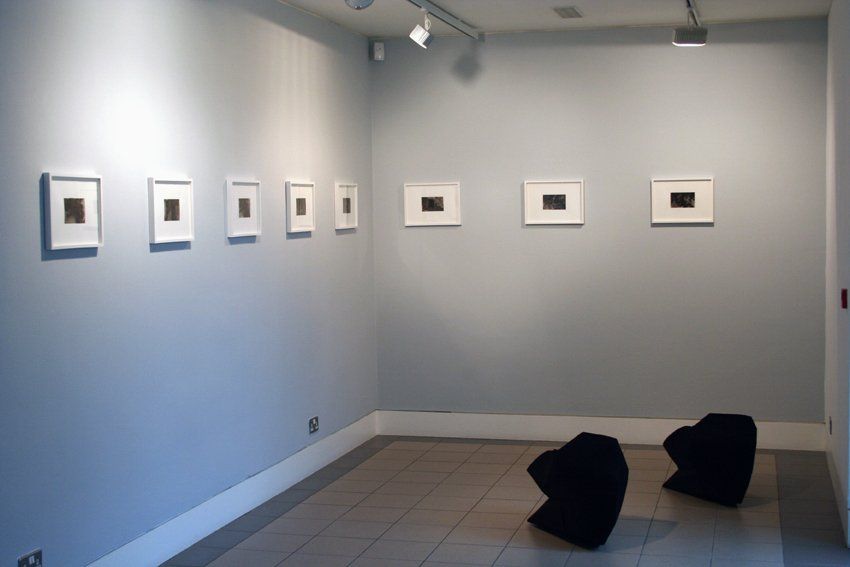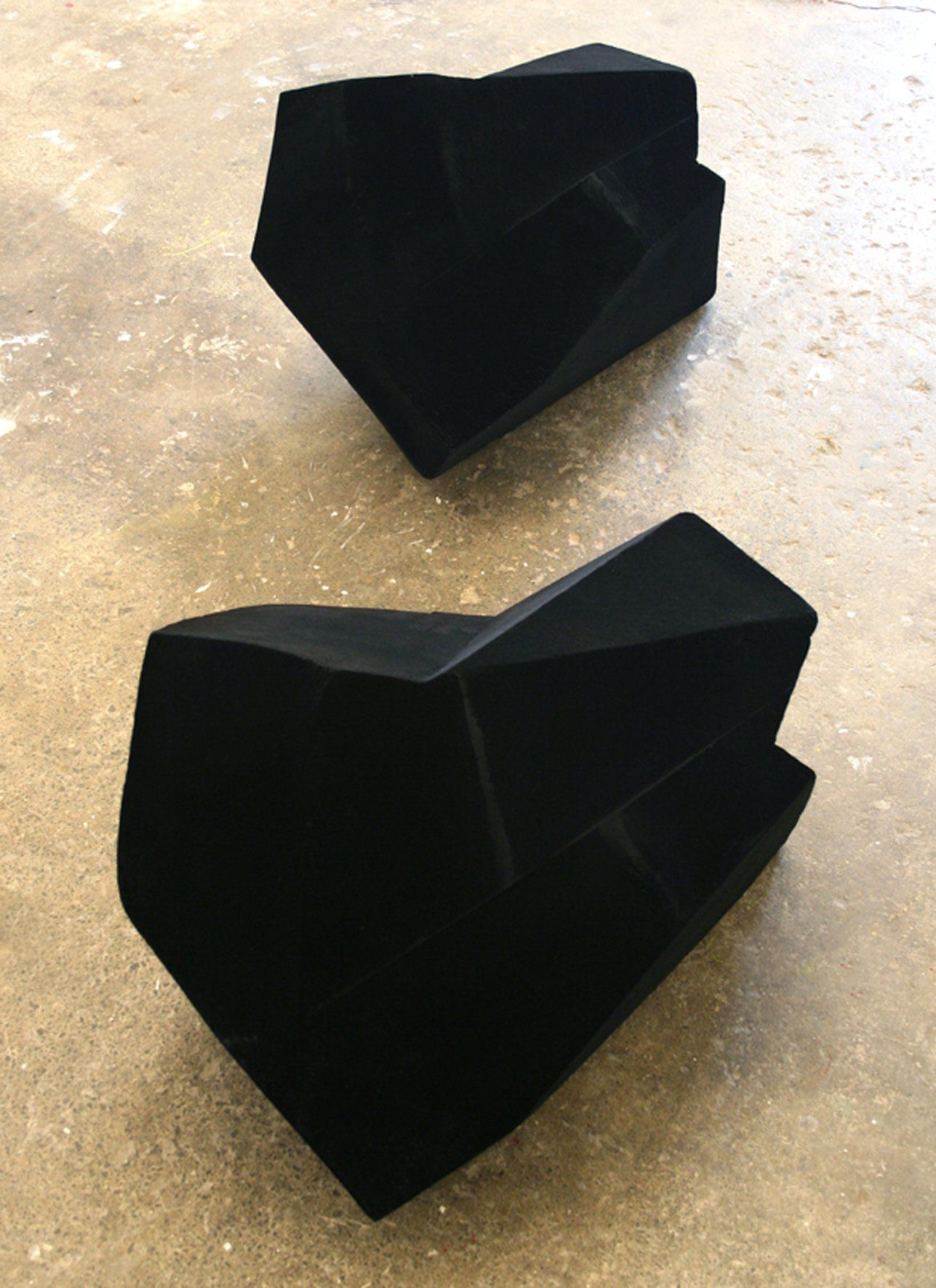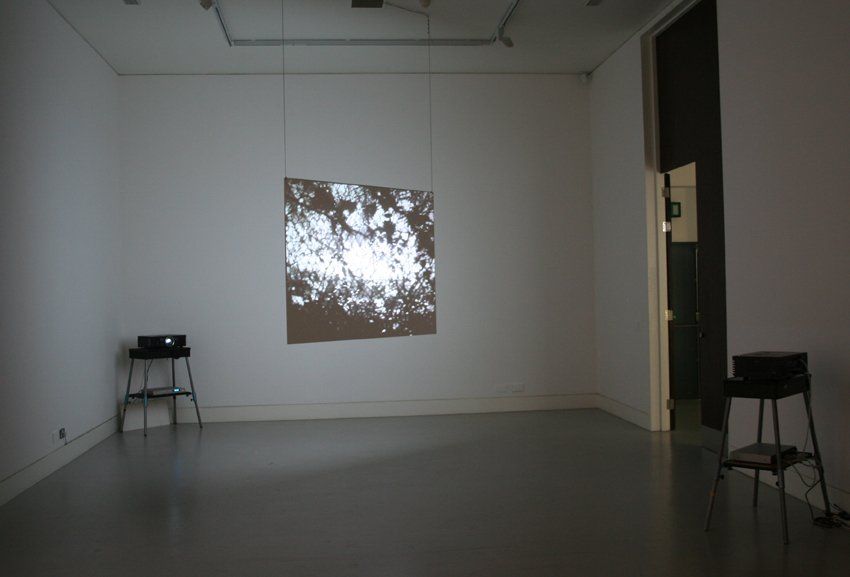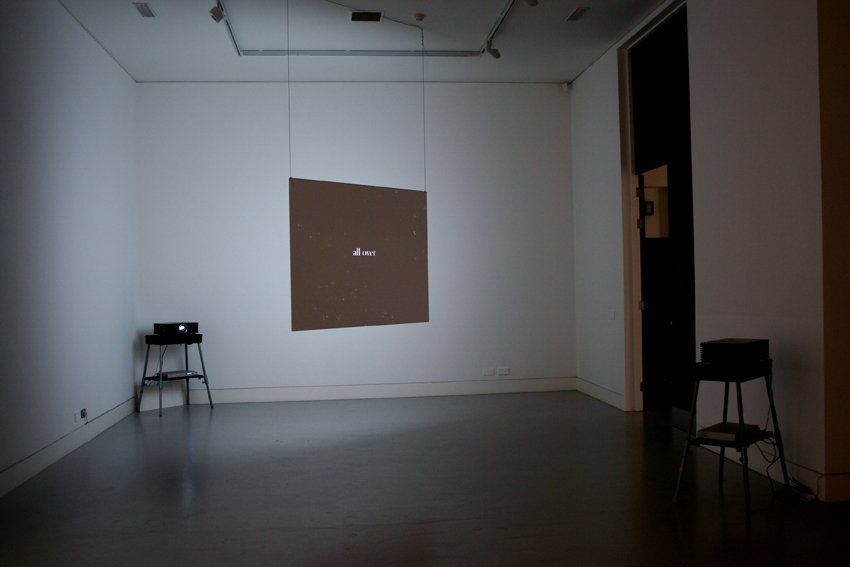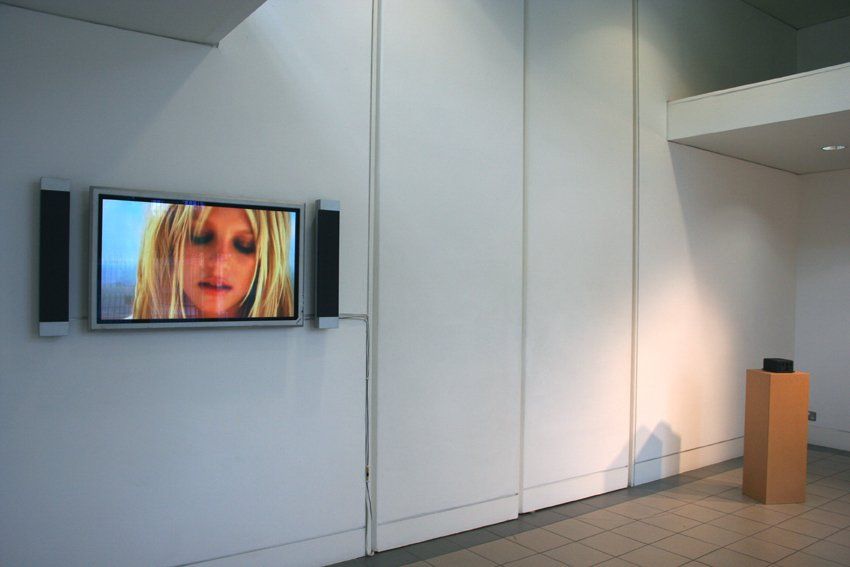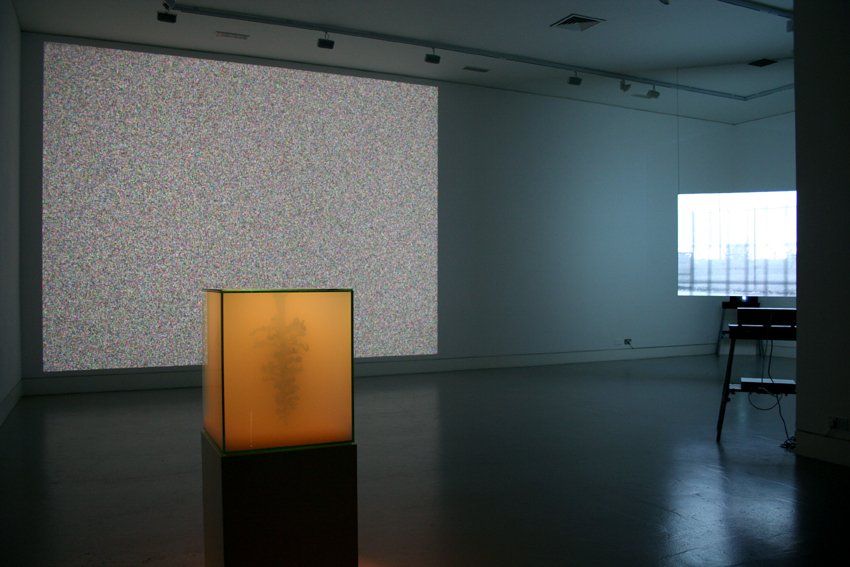NOOSHIN FARHID
Nooshin Farhid is a British based Iranian video artist. Conic Trilogy 2009-10 is based on a mathematical concept involving the interaction of surface and curve: Parabola, Ellipsis and Hyperbola. However these words have, in Greek etymology, non mathematical meanings referring to ‘fictitious narratives’, ‘missing words in a sentence’ and extravagant statements’. This ‘crossing over’ between mathematical and non mathematical meanings reflects Farhid’s approach to video making which is complex and explores multiplicity, her images being sourced from a wide spectrum of material including real time footage filmed on Orford Ness and an eclectic assemblage of found footage. Allied to this is her engagement in the political and the ramifications of conflict. This rich mix leads to a series of interweaving narratives were journeys are begun, trails go cold only to reappear in another guise, there is a suggestion of entanglement and betrayal, surveillance and suppression.
Nooshin Farhid was born in Tehran, Iran, she lives and works in London. Her work has been recently exhibited at Marrakech Biennale, Morocco 2012, 1st International Video Art Festival, Qatar 2011, Beaconsfield London 2011, On Becoming a Gallery, Angus-Hughes Gallery, London 2011, Upstream Gallery, Amsterdam 2011 and Limited Access 3, Mohsen Gallery, Tehran, Iran 2011


